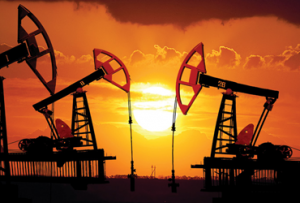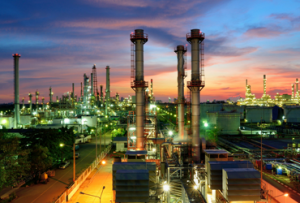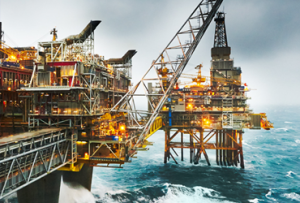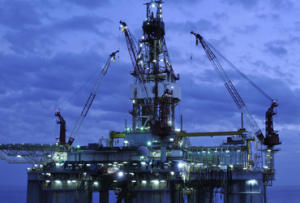Gas and oil is perhaps the biggest industry in the UK and in the wider world too. Trillions of barrels are sold annually and gas pipelines flow across entire continents. However, there are only a limited number of gas and oil fields in the world which can be exploited and here we’re taking a look at some of the biggest ones the UK has to offer both offshore and onshore.
Let’s begin by looking at some of the biggest UK offshore fields:
-
Clair
Lying west of Scotland’s outermost isles, the Clair field is the biggest in the North Sea. It was first discovered in the late 70’s but didn’t actually start producing meaningful quantities of oil until 2005. In a two-part development program, targeting over 300 million barrels of oil was the first step to be conducted from a rig. The second part is a new rig, Clair Ridge, which has been ‘online’ since 2016.
-
Statfjord
This field is the oldest in the North Sea, and lies between Norway and the UK, with Norwegian boundaries taking the lion’s share. It came ‘online’ in 1979, however was sold within a decade to Statoil which continued to work the field further. The most oil produced in one day was over 850,000 barrels, but the daily rate now is around 80,000.
-
Ekofisk
Hidden under 70m of water lies Ekofisk, a Norwegian-based field that has been pumping vast quantities of oil for over 40 years. This area has more offshore rigs and pipelines running into and across it than any other in the North Sea. ConocoPhillips operates this field, but other Norwegian companies also hold around a 60% stake between them.
-
Forties
Forties is a UK oil field which lies approximately 180kn to the east of Scotland. Its discovery came at the start of the 70s and production started 5 years later. An initial haul of ten thousand barrels was taken per day, but by 1979 it had reached half a million barrels daily. It’s billionth oil barrel was made in 1982, and the two billionth in 1989.
-
-
Oseberg
-
Under 100m of the North Sea, 140km to the north of the Norwegian city Bergen lies Oseberg, a shelf discovered first in 1979. At first, one billion barrels were thought to be potentially extracted, but that amount soon doubled and more oil was being produced daily than first imagined.
Many individuals that enter the gas and oil industry will expect to work offshore in the hunt for gainful employment. That’s arguably an experience that anybody within the field should strive for, thanks to the experience of working abroad in addition to the potential for more a lucrative contract, but it is not necessarily essential. The UK has a number of major ‘onshore’ gas and oil fields to call their own:
1. Wytch Farm
Located in the Purbeck district of Dorset, Wytch Farm boasts an impressive title – that of the biggest oil field found onshore throughout Western Europe. British Gas discovered the location in the 1970s and turned the farm into an oil production site, before selling their stake to BP in 1984 – ownership has since been sold once more, this time to Perenco.
Production has slowed down since the location’s peak in the mid-2000s, but Wytch Farm continues to generate substantial reserves of oil and gas, which is then distributed nationwide. Anybody looking for job security within the UK gas and oil industry could also do worse than to investigate Wytch Farm – the site has recently had its operational license extended to 2037.
2. Singleton Forest Oil Well
Found very close to Goodwood Racecourse, the Singleton Forest Oil Well is believed to be over a hundred years old by now. Unfortunately, controversy has dogged this location; back in the 1990s, accusations of pollution were levelled against the operators of the oil well, causing leaks throughout the nearby territories. Thankfully, following investigation, these issues have been rectified and the site remains safe.
3. Humbly Grove Field
Found in Alton, Hampshire, the Humbly Grove Field is a major production site for gas and oil. The field has been in use since the early 1980s, when Carless Exploration Ltd discovered the territory and a small oil reservoir below it.
The site has changed ownership on a handful of occasions since and is currently under the control of Petronas – though this company have rebranded as Humbly Grove Energy Ltd. The location continues to produce oil, and store gas reserves that service the entire country, to this day.
4. East Midlands Oil Province
Lincolnshire, Nottinghamshire and Leicestershire are all served by this area, which comprises of a number of different oil and gas fields throughout the Midlands. This territory has long been considered a key component of the UK’s oil industry as the very first field was tracked down in Derbyshire in 1919- and so it remains to this day.
Amidst the many resources that can be found in this area is the Welton oilfield, which is second only to Wytch Farm in the country in terms of size and prestige. BP took a keen interest in the area for many years before selling off much of their ownership.




